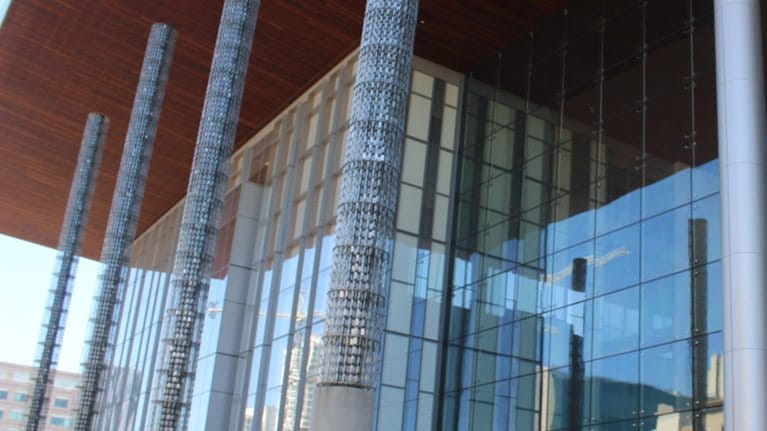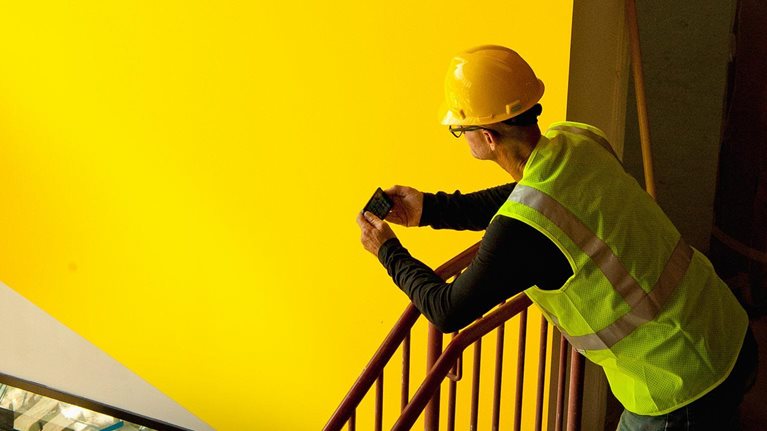Today, the world invests nearly 14 percent of global GDP in infrastructure and real estate. Ailing infrastructure assets, rising populations, and the demands of economic development are driving countries’ desire to channel more funding into transport, power, and other systems that catalyze recovery and growth.
In 2013, McKinsey Global Institute research found that the trajectory of spending would leave countries facing major gaps in infrastructure. Despite a recent rise in investment in economic infrastructure, gaps remain.
Table of contents
- The world spent $9.5 trillion, or 14 percent of global GDP, on infrastructure in 2015
- It’s not enough: $3.7 trillion of investment in economic infrastructure alone is needed every year from now until 2035
- There is a $5.5 trillion spending gap globally between now and 2035, with regional variations
- There appears to be progress in stepping up infrastructure investment
- Efficient and effective investment is critical for closing the infrastructure gap

The world spent $9.5 trillion, or 14 percent of global GDP, on infrastructure in 2015
Infrastructure-related spending (using the broadest definition that includes real estate, oil and gas, and mining) totaled $9.5 trillion in 2015, or 14 percent of global GDP. Real estate, social infrastructure, and transport accounted for the bulk of spending (Exhibit 1).

Using the same broad definition, China was the world’s largest infrastructure market in 2015 with 38 percent of global spending, followed by North America (21 percent) and Western Europe (17 percent). Over the past five years, the fastest-growing markets for infrastructure spending have been India with compound annual growth in real terms of 10 percent, China (7 percent), and North America (3 percent).

It’s not enough: $3.7 trillion of investment in economic infrastructure alone is needed every year from now until 2035
Looking more closely at the network infrastructure necessary to support economies—roads, railways, ports, airports, power, water, and telecoms—the world needs to invest an average of $3.7 trillion in these assets every year through 2035 in order to keep pace with projected GDP growth (Exhibit 2). This need could increase further by up to $1 trillion annually in order to meet the United Nations’ sustainable development goals.

The overall spend estimate has risen from $3.3 to 3.7 trillion annually since our 2016 projection or $69.4 trillion total to 2035 due to an improved GDP growth outlook and a number of technical improvements (Exhibit 3).1

Fifty-four percent of the world’s need will be in Asia, the bulk of this in the world’s two fastest-growing and most populous countries. China will account for 34 percent of global need and India 8 percent. Investment will continue to shift to emerging markets; nearly two-thirds of global infrastructure investment in the period to 2035 is required in emerging economies (Exhibit 4).

A number of technological disruptions will further shape those needs in ways we cannot yet predict, like the electrification of transport infrastructure, the move to autonomous vehicles including drones, or digitization impacting logistics and value chains.

There is a $5.5 trillion spending gap globally between now and 2035, with regional variations
The world’s infrastructure investment has fallen short of investment needs, but the size of the gap varies considerably among geographies (Exhibit 5).

Australia, China, and Japan, for instance, have invested sufficiently to exceed their forecast infrastructure requirement, and will arguably need to spend less as a share of GDP than they have in the past. In contrast, countries including Germany, the United Kingdom, and the United States have significant gaps between their current spending commitments and estimated need. Reflecting the fact that the majority of demand for infrastructure is in emerging economies, some of the biggest spending gaps are in Brazil, Indonesia, and Mexico.
Would you like to learn more about our Capital Projects & Infrastructure Practice?
Unless these countries unlock new funding and increase their spending, they will feel the impact of underinvestment most acutely.
Affordable housing issues exacerbate the gaps in economic infrastructure. As urban populations expand, current trends suggest that there could be 106 million more low-income urban households by 2025. Replacing today’s inadequate housing and building the additional units needed would require up to $16 trillion in spending, including the costs of land and construction. Of this, up to $3 trillion may have to come from public funding.

There appears to be progress in stepping up infrastructure investment
While a sharp decline in mining and oil and gas investment reduced overall construction-related spending, investment in economic infrastructure rose from 2013 to 2015, most notably in utilities.
Many G20 countries that cut back their spending on infrastructure during and after the global financial crisis seem to have realized that there is an investment imperative, and started to act on it (Exhibit 6). For example, member states of the European Union, in aggregate, raised their investment by 10 percent over this period in absolute terms, notably reflecting higher spending in Germany and Italy. Among emerging economies, India, Indonesia, and South Africa have all raised their investment rates.

However, the United States is yet to match the level of investment that prevailed before the financial crisis, and countries including Australia and China have cut their investment relative to GDP—arguably a step in the right direction for their economies.

Efficient and effective investment is critical for closing the infrastructure gap
There is significant room to improve the effectiveness and efficiency of how infrastructure investment is spent. Up to 38 percent of global infrastructure investment is not spent effectively because of bottlenecks, lack of innovation, and market failures. Fact-based project selection, streamlined delivery, and the optimization of operations and maintenance of existing infrastructure can close this gap, reducing spending by more than $1 trillion a year for the same amount of infrastructure delivered (Exhibit 7).

Closing the infrastructure investment gap will not be easy—but it is both necessary and possible. Our 2016 report, Bridging global infrastructure gaps, examines how public- and private-sector players can ramp up spending while also making better use of investment. Improving productivity in the construction sector alone could unleash an additional $1.6 trillion in value. Leaders of the Global Infrastructure Initiative community are engaged in a continuing conversation about searching for new financing streams for infrastructure and capital projects.
There has been strong recognition of the urgent investment need for many years—but being aware of the problem is not enough. There need to be national and collective global efforts to channel abundant liquidity into much-needed infrastructure. Countries that fail to act today could be placing future growth, economic development, and productivity on the line.
A full version of this briefing note is available as a PDF download.


